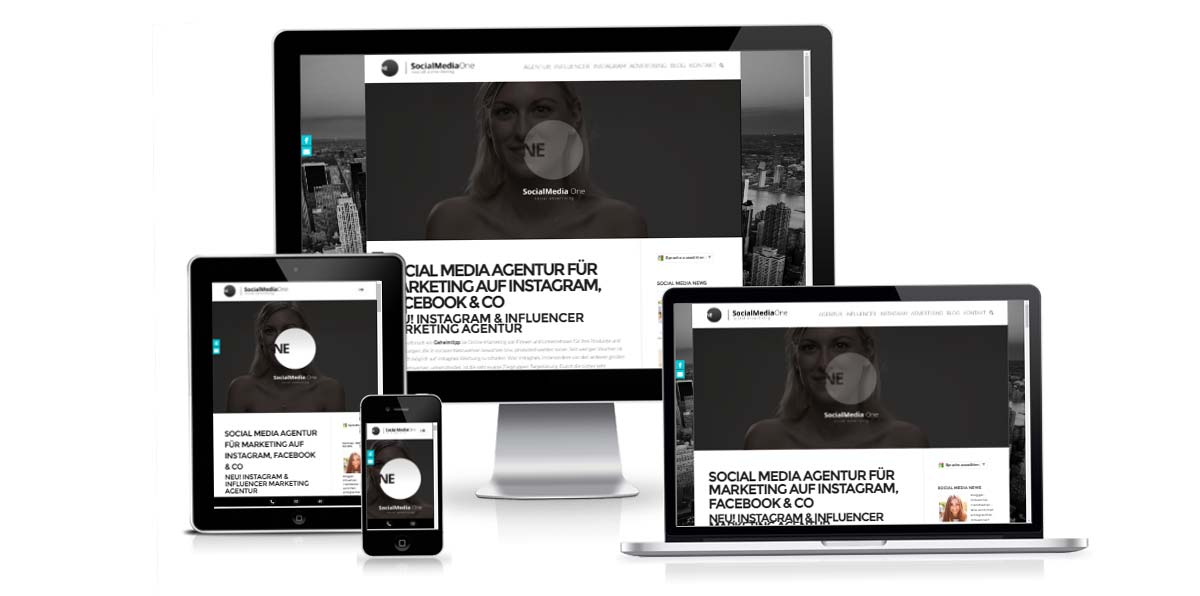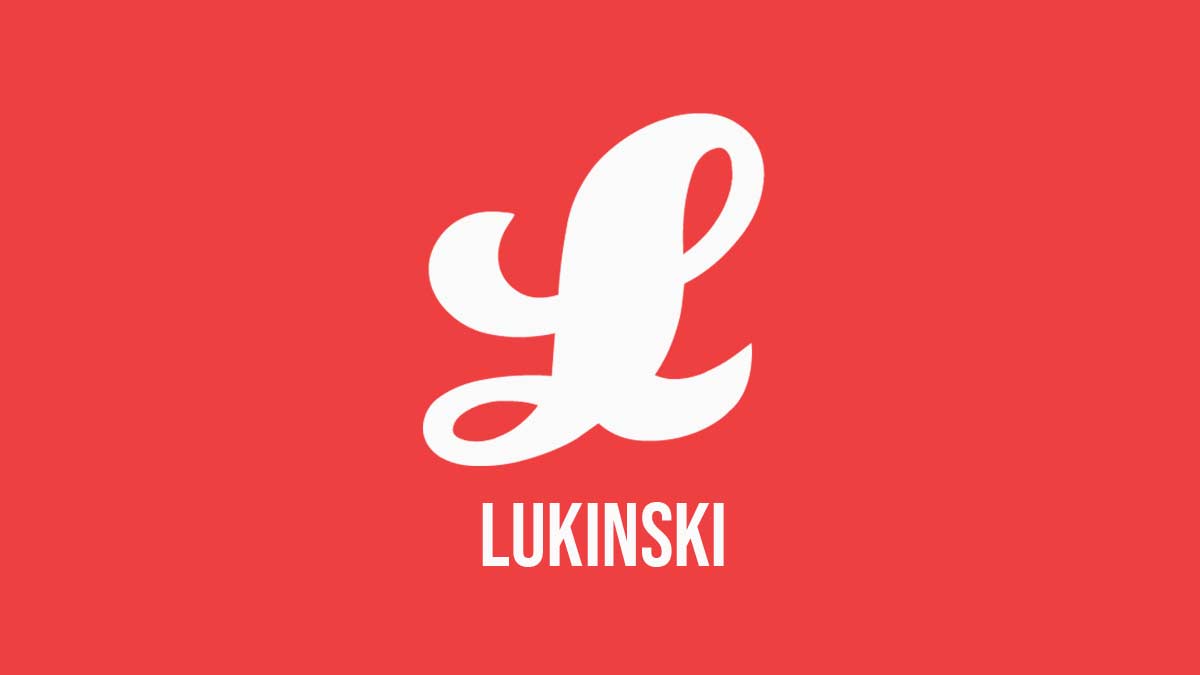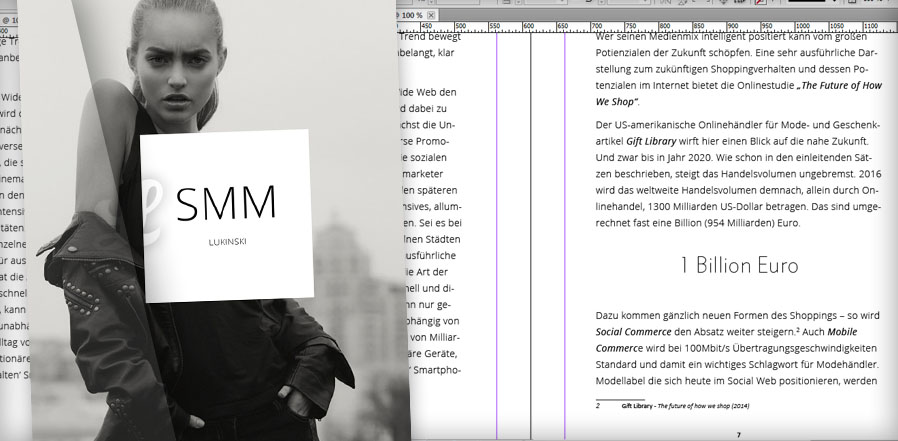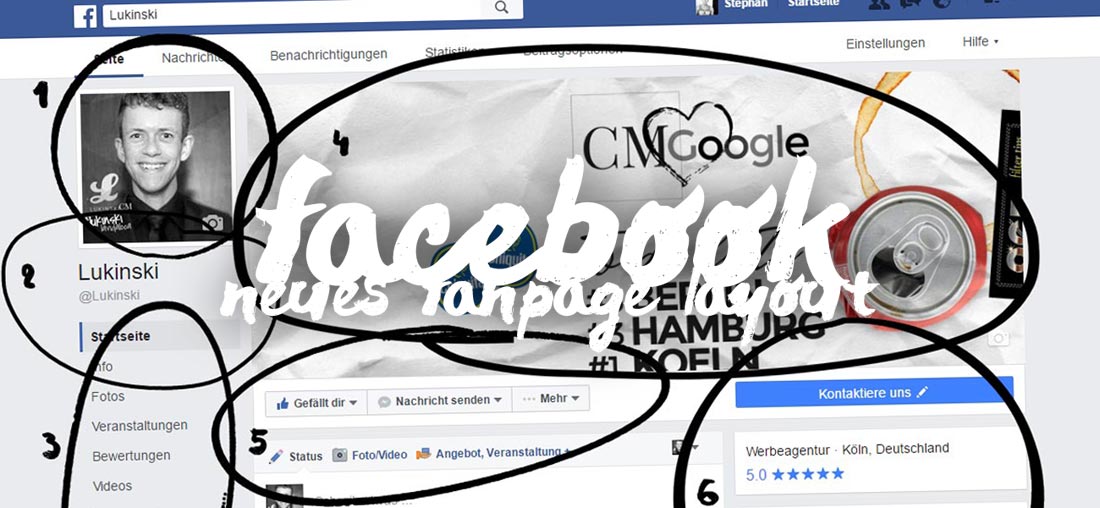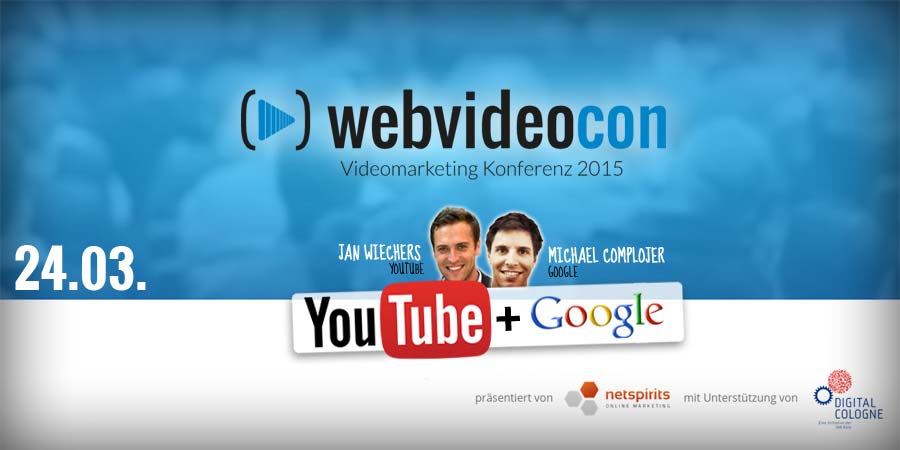What are social networks? The power of Youtube, Snapchat, Facebook & Co.
Do you know how often I explain “social media”? Today I wanted to clarify a simple question, “What is social media”. Especially in traditional industries like precious metals or construction, social media hasn’t always caught on. Yet it’s worth looking at online retail and its benefits. Despite initial scepticism among elites, online trading volumes are rising steadily. In 2016 to almost one quadrillion euros. The Internet, social networks are popular as never before. 73% of Germans are online, over 24 million are represented with personal profiles in social networks. It’s worth investing in online media. More tips can be found in the Social Media Blog or for free in my Social Media Marketing Guide.
For more on the topic, check out my online Facebook Marketing course or my social media marketing agency‘s blog.
Social networks basically combine different functions for digital m:n (equal) information exchange. They allow Internet users to exchange and share media with each other. Users can create groups and communities, but also their own fan pages for themselves or others, for commercial and non-commercial projects, and thematically pro or con – they can write about themselves. Almost all social networks have a blog function (cf. Timeline at Facebook) in which the news (of the social group) and of interests (e.g. fan pages) are shown. You can name your own likes and share already shared media again or save and archive them. Therefore, technical development is also a field to keep an eye on in social media marketing. Currently, we tend strongly towards mobility and virtuality.
- What new concepts could be derived from this?
- How could you link the online shop with GPS data?
- Could friends invite their friends to go shopping?
- Could you make virtual recommendations and “leave them” at the POS (point of sale)?
… the chain of thought could be spun on almost endlessly. The fact is, the functional possibilities play a decisive role for new digital trends. Who determines the technological trends? The best-known representatives of social networks are currently Facebook, YouTube, Twitter and Snapchat. These four and other social networks such as Tumblr, Instagram, LinkedIn and networking concepts such as Whatsapp or Tinder, combine the aforementioned characteristics and provided functionalities for the global, free exchange of information thanks to permanent networking of users. Thus, the big four operators of social networks already unite hundreds of millions of people on each individual platform.
The Internet user goes from consumer to prosumer in Web 2.0 and social networks. Your stakeholders – especially your customers and potential customers – are now all permanently involved. Therefore, online marketers need to find new forms of communication for your marketing messages on the social web. It is important for social media managers to know the different social networks with their individual ways of communication. Also to learn what relevance they have for individual companies and industries.
The undisputed market leader, according to its own statistics and relevant expert opinion (from personal interviews), is Facebook. Here, users freely exchange their thoughts and opinions with each other. However, they mainly exchange multimedia content (such as images, texts, videos or web links). The be-all and end-all of the Facebook network. This shows that there is a particular demand for social networks on which various types of content can be easily exchanged and published. Of particular interest are multimedia networks that allow text, image and video content.
ARD / ZDF online study on Internet use
How intensively people use this social network in particular is shown by the annual online study on the behavior of media users conducted by ARD and ZDF. There are currently 24.7 million people (aged 14 and over) on social networks in Germany – a full nine out of ten are registered with their profile on Facebook and an average of seven new Facebook users are added every second.
- 34% read or write personal messages
- 33% follow news among friends
- 32% chat with friends and acquaintances.
The main activities of people on Facebook are communication and entertainment! They read and write personal messages (34%), follow the news in their circle of friends (33%) or chat with friends and acquaintances (32%). People want to consume content on social networks quickly. This means you need to pay attention to the visual language in your posts. Because especially in the fashion industry it is important to present products well. Networks that limit the choice of media, such as Tumblr, Twitter, Pinterest or Instagram, receive less attention in the social media management of fashion companies, only one in three is active here. They do receive some attention, but more as a must-have than as an active communication channel. But, don’t disregard these channels. Creatives are flocking to Pinterest and Tumblr. Instagram is especially popular with young audiences (under 18).


